Table of Contents
The Rise of Neo banks
A neobank is a financial institution that offers banking products and services but does not have a physical branch network. It is a digital bank but also more than just a digital bank.
Neobank customers conduct their banking activities through the use of a mobile app or online banking portal. Neobanks are known to offer a wider range of services and products, at a cheaper rate than traditional banks. Including a full digital-only suite of current accounts offering features such as instant notifications, near-perfect credit scoring with no hard pull on your credit record, and the ability to make same-day payments for free.
Neobanks can be divided into two broad types.
- A full-stack neobank requires no physical space because they do not need a branch for customers to walk in. N26 and Monzo are prime examples of a full-stack neobank.
- A front end focused neobank, relies on a conventional bank for banking services while providing digital services to its clients. Payoneer is a prime example of this type of neobank.
Neobanks vs. Traditional banks
Neobanks may have a number of advantages over traditional banks including:
- No branch requirement, which means no physical infrastructure and low cost.
- Build digital trust through advanced technology with little human interaction and no paperwork.
- Customers can fully control their account with near real-time information, meaning they always know how much money they have and where their money is going.
- Lower cost, less capital and regulatory requirements mean neobanks can reduce the fees they charge customers and offer higher saving rates.
- Co-operative ownership means that most neobanks are owned by a range of investors rather than a single owner or a few shareholders, meaning more control is in the hands of customers.
- Greater transparency. Neobanks are technologically-enabled to share more information with customers. This includes the fees they charge and how their money is invested.
- Better mobile products. Not all neobanks use artificial intelligence, but it’s another advantage to make banking quicker and easier for customers. It also encourages saving through features such as round-ups where small purchases are rounded up to the nearest pound and the difference is put into a savings account.
- Greater financial inclusion. Neobanks can provide services to those under-served by traditional banks. (mainly due to lack of permanent address).
The most obvious benefit that comes with using a neobank is that they tend to be more technologically advanced than traditional banks, just like how mobile phones and smartwatches are more technologically advanced than traditional mobile phones.
Since neobanks don’t have the same technological bottlenecks that come with running a physical branch, they can offer a customer experience at a level that their parents simply cannot match.
Uses Cases
Neobanks are often used to refer to startups that handle their own financial products through the use of digital technology, but incumbents such as N26 and Fidor Bank can also be considered neobanks. It’s just that their parents were already onto the game when they decided to jump onto the train.
Startups are now offering everything from current accounts to peer-to-peer lending services. These include Monzo, Revolut, Starling Bank, N26 and Tandem. And then there are others that offer a much wider range of financial services – not just neobanks by the strict definition of the term.
These include Curve, which offers both an app-based current account and a digital card, but also Ripple – which has partnered with Santander to provide international money transfers in less than one minute.
Future of Neobanks
Neobanks still have a lot of catching up to do in comparison to traditional banks that were established years earlier than them. But the benefits of neobanks over traditional banks may prove to be too much for customers to resist.
Neobanks will certainly change the way we think of banking and there’s a good chance that they’ll one day replace them, but we’re still a long way away from that happening because conventional or traditional banks are still “too big” to be replaced.
While neobanks have grown in the last two years, at present they present a picture of how banking will look in future. The way the world has changed, it seems highly unlikely that customers will need to walk into banks in future or talk to bank representatives for hours just to explain our query.
- Who wants to wait for two days for a cross border transaction when Ripple can get the same done in a matter of seconds?
- Who wants to withdraw cash from an atm, when the market is saturated with e-wallets like Paypal, Google Pay, Apple Pay, etc?
- Who wants to use risky P2P platforms to buy crypto, when they can use their card or e-wallet to directly purchase crypto from a trusted exchange?
- Who wants to hire an investment advisor, when they can simply use a robot advisor to mimic the portfolio of their choice and automatically transfer their savings into their portfolio?
People want convenience and neobanks are giving just that.
These are the areas where traditional banks are going to invest sooner rather than later and when big banks come for these efficiencies, they are going to merge with neobanks to create synergy and stay on top of the financial world, instead of being replaced by startups that have innovation but lack investment.
So the bottom line is that for a while we will see more neobanks spring up but the traditional banks will eventually merge with them. For investors, this is a good signal to scope out promising neobanks and invest in them before their share prices skyrocket.


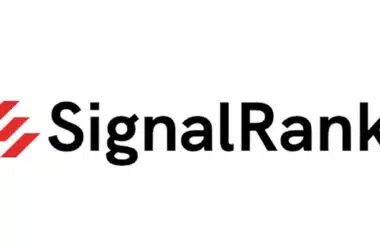





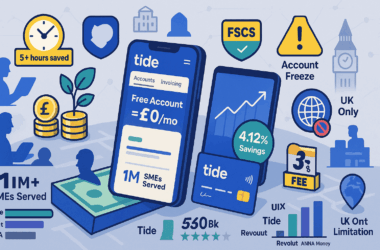
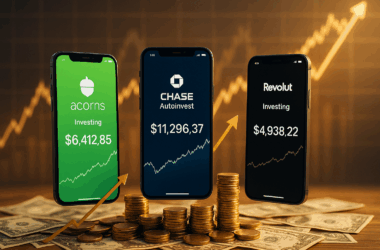

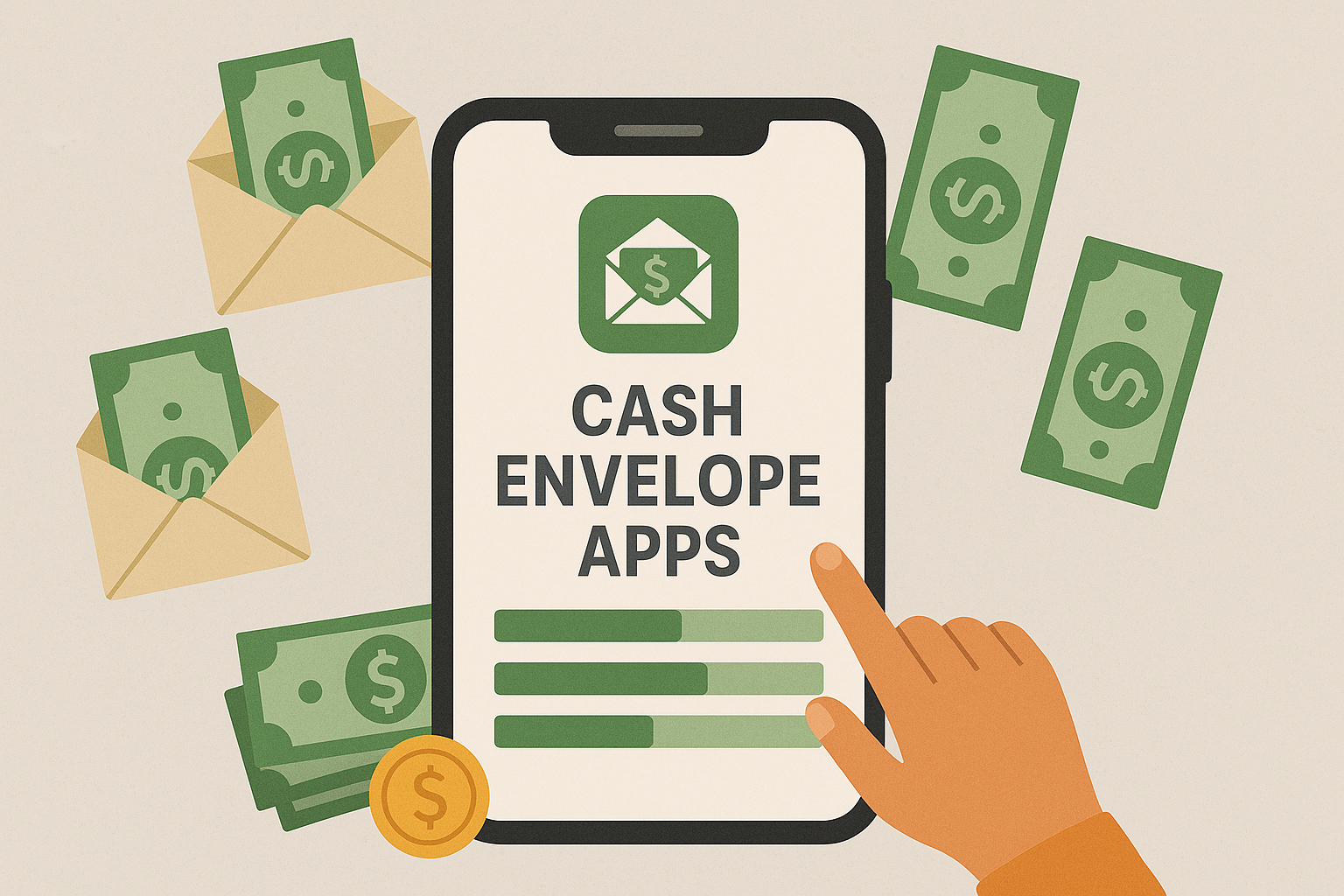

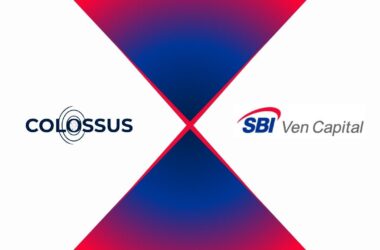


Recent Comments